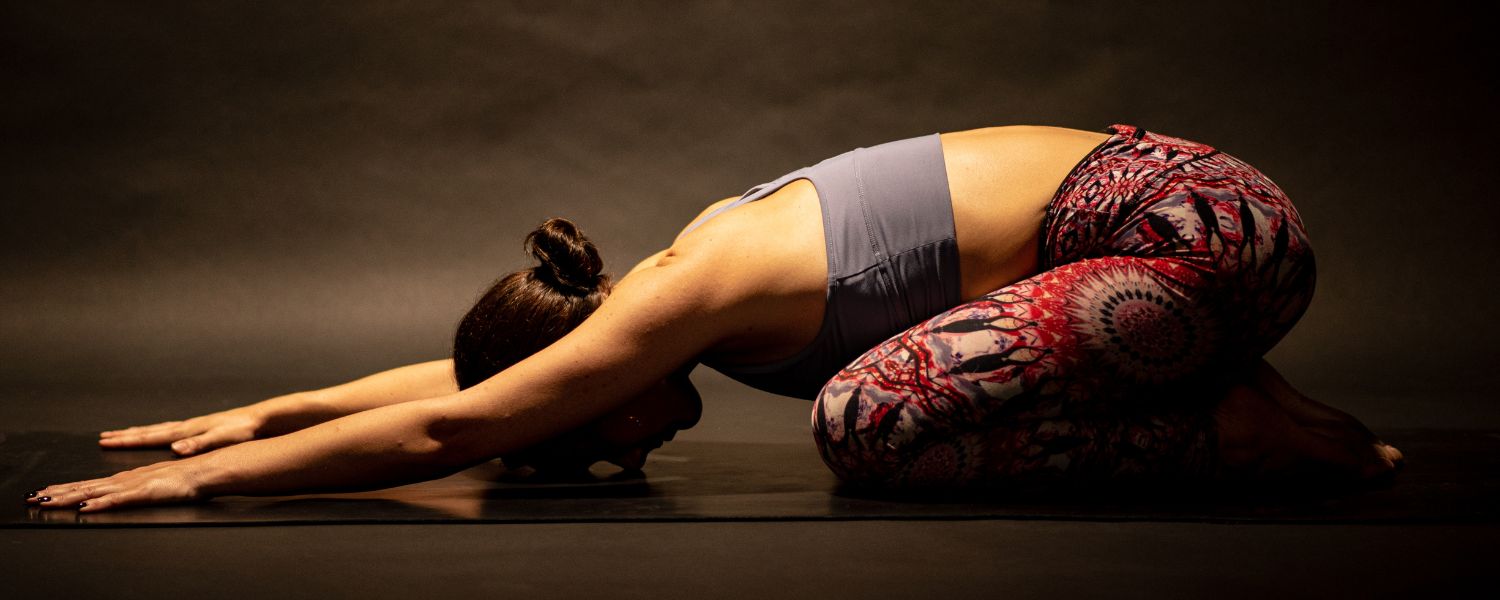Your Cart is Empty
Comments in regards to quality style and performance: Any additional fit comments, Comfort Level 1-10 , What additional colors would you like to see?, Does our pricing meet the product quality?
The ocean blue feels like the True original Green Apple active pants you loved (and probably bought from TJ Maxx or Marshall's back in the day) Although these do have elastic in the waist (I'm personally not a fan of the added elastic), it's not too bad... fit is excellent, quality excellent, no hormone disruptors excellent fabric, it's going to wash and wear like a champ (and at that $40-$50 price range, the value is excellent. I'd love to see more bright pinks, bubblegum pinks, various colors of bright purple or bright green, and more white options.
Gender: Female
Comments in regards to quality style and performance: Any additional fit comments
I have been wearing Green Apple clothing for years. I practically live in them day and night. There is really nothing that compares to this brand. I was very fortunate to get a few new pairs of these recently. I have been wearing the ones I had for many many years and they held up great. They are so comfy and the fit is amazing! Hides that little pooch I have which is much needed. They are great for working out or just wearing around the house. I love these!
Gender: Female
Comments in regards to quality style and performance: What additional colors would you like to see?
I love these leggings to wear out and about. I wore them the first time to Disneyland. They are so comfortable. They give the needed support so that nothing is hanging out. They lift and support the booty. The material is comfy and very durable. I like to wear them with a little pair of boot and a sweater. They are also great for working out.
Gender: Female
Comments in regards to quality style and performance: Comfort Level 1-10
These pants rock! They make your booty look great! The white is absolutely gorgeous. Love, love the pants and matching jacket. Very classy! The feel is sensational. 5 Stars all the way!
Comments in regards to quality style and performance: Any additional fit comments
There seems to be a distribution issue with this company. While the mat seems ok. Upon making a large order including clothing, I ordered 2 mats and received 1 mat. It took over a month to receive the first mat which was well packaged. It took nearly another month to receive my 2nd mat which the mat has slight damage to the underside foam edge and the mat did come with a strap this time. For the price of the mat the waiting wasn’t worth the experience being that I could just order a mat anywhere else and receive it a lot sooner. I was told an additional item would be sent with my 2nd order for my trouble and that was not the case. I gave 3 stars as their clothing and the mat seem to be good quality. The experience and shipping time m, 1 star. I had to make several follow up attempts just to receive my full order made in January. I live in the same coast/time zone from where the items ship from.










